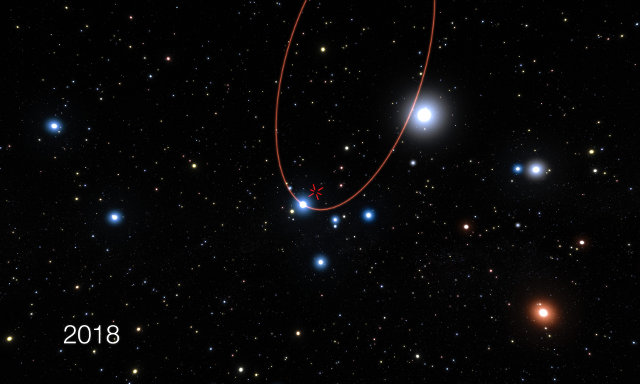
Maybe the meteorite impacts on the early Earth favored the birth of life
An article published in the journal “Earth and Planetary Science Letters” describes a research on the possible link between the primordial bombardment of meteorites on Earth and the emergence of life forms. According to a team of researchers directed by Simone Marchi of the Southwest Research Institute in Boulder, Colorado, USA, the meteorites that struck Earth during its first billion years of life created a greenhouse effect sufficient to maintain the water in its liquid state, allowing the emergence of life.





